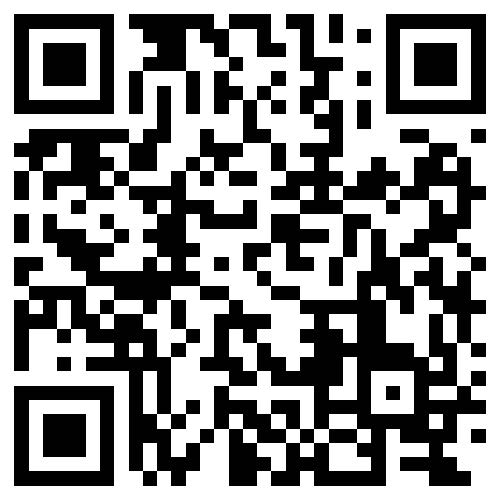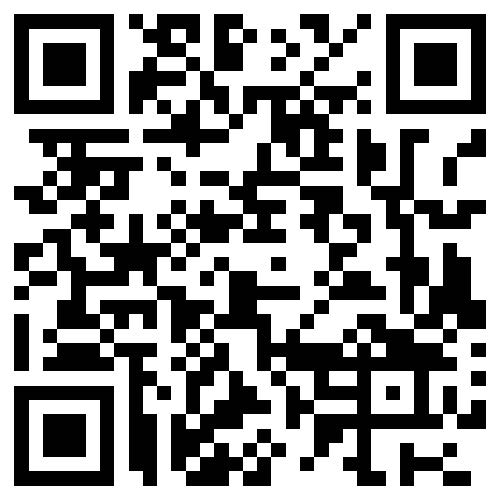what is Margin Level in forex
What does “Margin Level” mean?
The Margin Level is the percentage (%) value based on the amount of Equity versus Used Margin.
Margin Level allows you to know how much of your funds are available for new trades.
The higher the Margin Level, the more Free Margin you have available to trade.
The lower the Margin Level, the less Free Margin available to trade, which could result in something very bad…like a Margin Call or a Stop Out (which will be discussed later).
How to Calculate Margin Level
Here’s how to calculate Margin Level:
$$
Margin Level = (Equity / Used Margin) x 100%
$$
Your trading interface will automatically perform the computation and present your Margin Level.
Should you have no active trades, your Margin Level will default to ZERO.
The Margin Level holds significant importance. Forex brokers rely on it to assess your capacity to initiate further trading positions.
While the Margin Level thresholds may vary among brokers, a majority establish this threshold at 100%.
This stipulation implies that if your Equity is on par with or falls short of your Used Margin, you will be precluded from opening any additional positions.
To engage in new positions, you may need to liquidate your current positions beforehand.
Illustration #1: Establishing a Long USD/JPY Trade with a 1 Mini Lot
Imagine you possess a trading account with a balance of $1,000.
Phase 1: Determine the Necessary Margin
Suppose you are planning to take a long position in USD/JPY and intend to open a 1 mini lot, which is equivalent to 10,000 units. The necessary Margin Requirement stands at 4%.
What amount of margin is essential to initiate this trade?
Considering that USD serves as the base currency, the mini lot translates to 10,000 dollars, thus the Notional Value of the position is $10,000.
$$
Required Margin = Notional Value x Margin Requirement
$$
$$
$400 = $10,000 X .04
$$
Given that your trading account operates in USD and the Margin Requirement is set at 4%, the margin needed, or Required Margin, will amount to $400.
Step 2: Assess the Utilized Margin
Considering the only open trade is the one we’ve just initiated, there are no other active trades.
With just this one position in play, the margin that has been utilized, or Used Margin, will correspond to the Required Margin.
Step 3: Determine the Account Equity
Suppose the market price has shifted marginally in a direction that benefits you, resulting in your position reaching a breakeven point.
This indicates that your Floating Profit or Loss (P/L) stands at $0.
Now, let’s proceed to compute the Equity:
$$
Equity = Account Balance + Floating Profits (or Losses)
$$
$$
$1,000 = $1,000 + $0
$$
The Equity in your account is now $1,000.
Step 4: Determine the Margin Level
With the Equity figure established, we are now equipped to compute the Margin Level:
$$
Margin Level = (Equity / Used Margin) x 100%
$$
$$
250% = ($1,000 / $400) x 100%
$$
The Margin Level is 250%.
Should the Margin Level reach or fall below 100%, the majority of trading platforms will restrict the initiation of new trades.
In the scenario provided, your current Margin Level stands at 250%, significantly exceeding the 100% threshold, thus permitting you to initiate additional trades.
Think of the Margin Level as a traffic signal.
So long as the Margin Level surpasses 100%, your trading account receives the “green light” to proceed with opening new trades.
Summary
During this session, we grasped the following concepts:
- Margin Level represents the proportion of Equity to the Used Margin, depicted as a percentage (%).
- For instance, with an Equity of $5,000 and a Used Margin of $1,000, your Margin Level would calculate to 500%.
















